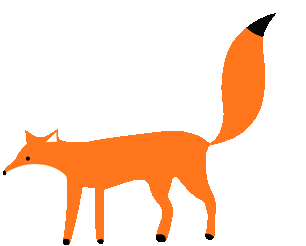

to

Destination: Combining local knowledge with technology to teach literacy skills in an ELL classroom





0 km
I wanted to engage my students in learning writing skills by creating an Augmented reality game to help students gather background knowledge to use in their writing. Before we began the game, we read the story Raven's Gift by Don Rearden. The book is a post apocolyptic story that takes place in rural Alaska. I chose this book because it ties to our local communities, and helped students with background knowledge before beginning the game. The game begins where the book leaves off, and the students pretend to be children from the story. The game is broken into four sections. Each section is used to help students gain background knowledge to help them include in their writing. This page allows you an overview of the game and my reasoning.



I wanted to started the game with an activity to engage them in the project. I created a storyline in Augmented Reality because it allowed for a multimodal presentation and allowed students to interact with the material in the game and their community in real life.


878 km









NEXT 152 KM






1209 km
Run as fast as you can....
We need to gain as much knowledge as we can in order to survive.
Hungry?
Now that we have a shelter, we need to eat.
Clothing
I don't want to freeze to death...
I wanted to include Elder information because it lead to students having to negotiate for meaning to understand what the elder was saying. Students also worked to negotiate for meaning when they worked together to write interview scripts in Yugtun. Here is an example of two students discussing how to translate the word "because" into Yugtun at the beginning of the audio clip, while at the end they are negotiating for to say a word in past tense.















1345 km
Medicinal Plants
Students used collaborative dialogue to ensure comprehensible output when they were creating interview scripts to gather more background information so they may accurately write on the topic presented in the game each week.
As students worked on their writing in both Yugtun and English, they would notice gaps in their own abilities. This would lead them to focus on form. Below is an example where students focused on form to understand how to correctly write the word quyanaqvagcit. They wanted to make sure that their output was correct.
Students worked on their output to create weekly journals, so others may learn how to survive, and on creating multimodal digital stories to share with the community about what they learned from the project as their redesigned.